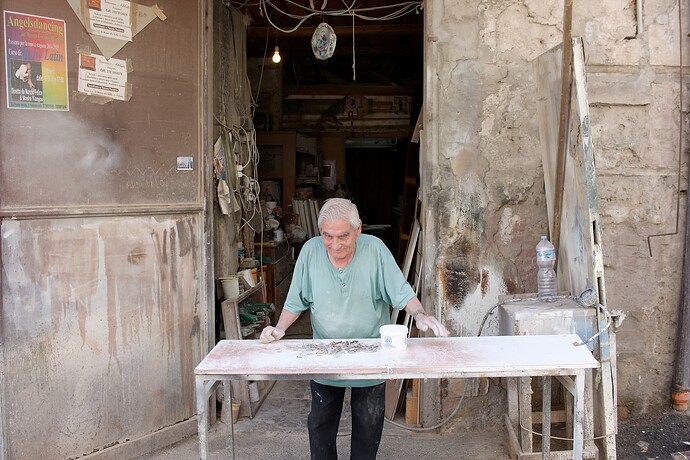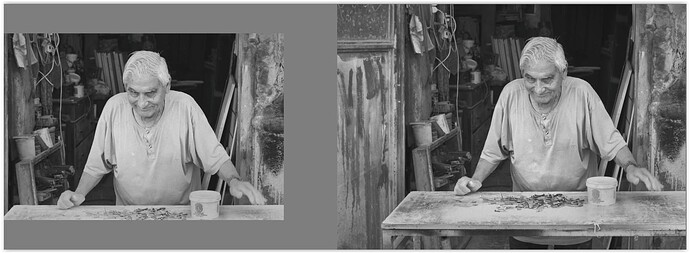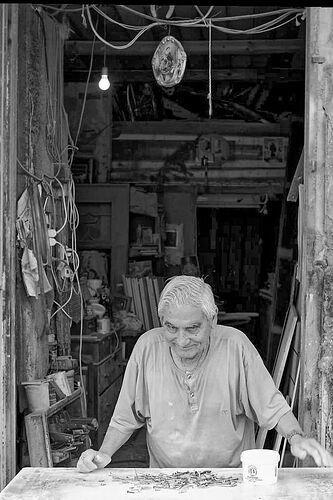Mike, for all your photos you still know very little about the essence of what PhotoLab is and how it works. Posting photos are the end result only, If you do not have an idea of what features are available, what they do, how’s they work and how they interact with each other through discussion and experimentation.
As an example, I’m not sure if you have Filmpack loaded but if you have, do you understand the relationship of the fine contrast slider with the related highlight, midtone, and shadows contrast sliders?. It first requires an intellectual discussion of the relationship and then self-experimentation on ones own time see those relationships. It absolutely does not require you posting a photograph here to see the subtle relationships between the contrast sliders.
Like many of us here, what you should have done from the very beginning was to spend your personal time going over each and every feature, applying them individually and in conjunction with to each other on your own photographs in the privacy of your apartment, and then ask us about things that you were still confused about. Instead, you used the goodwill of the nice people on this forum who took their time out to teach you about every single feature. If you had spent half as much time experimenting on your own as you have being taught by us, you would understand the capabilities of PhotoLab much more than you do. It is not rocket science.
Almost everyday it seems you’re having a revelation about some feature that’s new to you which someone has mentioned, that you should have been aware of on your own long ago. Be honest. How much time have you ever actually spent experimenting with PhotoLab features that you were not familiar with without first having had somebody tell you about them?
Mark





